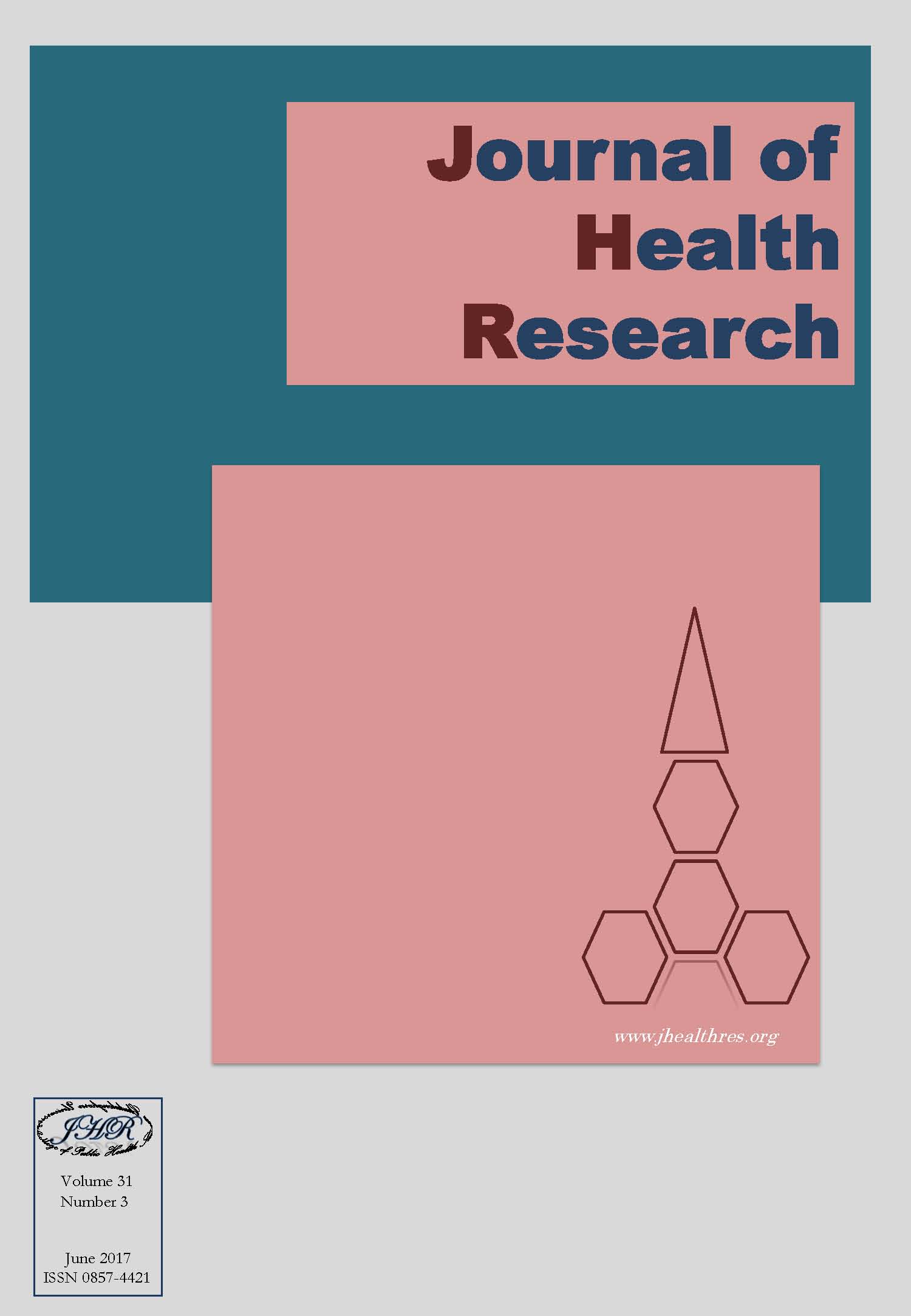A Classification of Sleep Disorders with Optimal Features Using Machine Learning Techniques
Keywords:
Sleep disorders, Polysomnography, Machine learning, Classification modelAbstract
Background: Sleep disorders become one of the early warnings of potential Non-Communicable Diseases (NCDs). Polysomnography (PSG) or sleep test is a formal method to diagnose sleep disorders. However, the PSG is limited in many hospitals due to its high costs. It also requires various sensors attached to a patient, which may cause inconvenience. Moreover, trained sleep specialists are required to interpret the gigantic PSG data. Researchers attempt to identify sleep disorders using alternative techniques.
Method: This study proposed an alternative technique for sleep-related syndrome and sleep disorder classification with optimal features. Patient PSG datasets were retrieved from a hospital in the south of Thailand. In the data preprocessing stage, the datasets were analyzed and normalized using feature extraction and selection mechanisms. Optimal feature selection using the average information gain values was evaluated with the 10-fold cross validation. Four Machine Learning (ML) techniques, kMC, kNN, SVM and MLP, were used in our experiments. The selected ML techniques have been performed and evaluated with the 10-fold cross validation in data preprocessing and model construction phases.
Results: The kNN achieved the highest overall classification results. The optimal features with kNN (opf-kNN) was proposed. The selected features were PULSE, SAO2, CANR and CHEST. With the selected optimal features, only the ordinary oxygen oximeter and the ECG machine were required. Overall classification result of the opf-kNN achieved at 95.17%±3.91.
Conclusion: Although the PSG is the formal sleep disorder diagnosis, alternative diagnostic techniques are beneficial especially to patients. Our study proposed the opf-kNN technique to classify sleep disorders with two concerns, the limited access to high-priced medical equipment and patient comfortability. Finally, sleep specialists also obtain benefits in optimizing bio-signal interpretations with only four optimal features.







